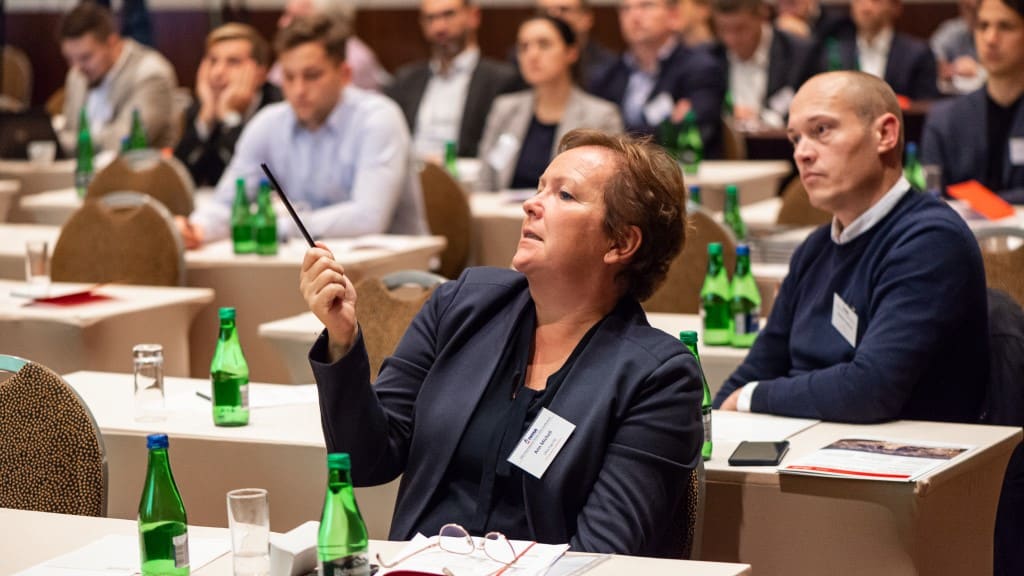The power of water mist
- August 11, 2023
- 8:00 am


Iain Hoey
Share this content
Bettina McDowell, General Manager of the IWMA, looks at the applications, advantages and standards of water mist systems
When it comes to the different classes of fires, water mist ticks more boxes than any other kind of fire suppression system.
This is due to the way smaller droplets interact with fires.
Evidence is the list of applications that – over the years – has grown to considerable length and includes – amongst others – tunnels, cable tunnels, data centres, shopping malls, trains, train stations, hotel rooms, high-rise building, industrial oil cookers, saunas and timber buildings.
Water mist systems use up to 85 per cent less water than traditional sprinkler systems.
The significant reduction of water means water damage is reduced to an absolute minimum.
This also means that after a fire there is less debris that has to be disposed of.
A particular concern are fires in hazardous environments as this can result in the release of many different toxins and chemicals from the fuel of the fire or gases.
The firewater gathers these substances and therefore needs to be picked up and disposed of once the fire is extinguished.
This job is easier the less water there is.
Two additional (environmental) factors: the components – like pipes and tanks – are smaller which means that less material is required and fewer truck loads have to be delivered to the sites.
Other advantages of water mist are the cooling effect that prevents re-ignition, there is no fear factor (water mist does not harm humans) and there is also the room filling effect: due to the size of the droplets water mist is well distributed, fills many nooks and crevices within seconds of activation.
Water mist can be carried around with the air flow and is therefore not depending on hitting the fire directly.
It is therefore able to control or extinguish even concealed fires.
When it comes to smoke control water mist will efficiently cool the smoke layer preventing the hot gas layer to contribute to further fire spread.
Water mist will also cleanout some of the smoke particles.
And: The technology is proven to international standards and guidelines and is therefore ready to use.
The first standards were published in the Mid-1990s (IMO A800 + MSC 265, FM 5560 and NFPA 750). There are also national and regional standards like the Danish guideline and the Nordic Standard.
However, a big step for the water mist industry was indeed the publication of the European Standard EN 14972. The first part (design, installation, inspection, maintenance) was released in late 2020.
Some of the other 17 parts (all test protocols) have also been published.
Experts from all over Europe are working hard to complete the remaining parts.
Although EN 14972 is a European Standard, it could well have a worldwide impact. Based on the Vienna Agreement – which stipulates the exchange of information and increased transparency – standardisation bodies can adopt standards which have been created in other parts of the world which means that the European Standard can be used globally.
About IWMA
The International Water Mist Association (IWMA) supports the development, research and applications engineering of generic water mist systems.
IWMA is involved in the work of CEN TC 191 / WG 10, NFPA 750 and 25, VdS 3188, IMO (International Maritime Organization) and EMSA (European Maritime Safety Agency of the European Commission).

